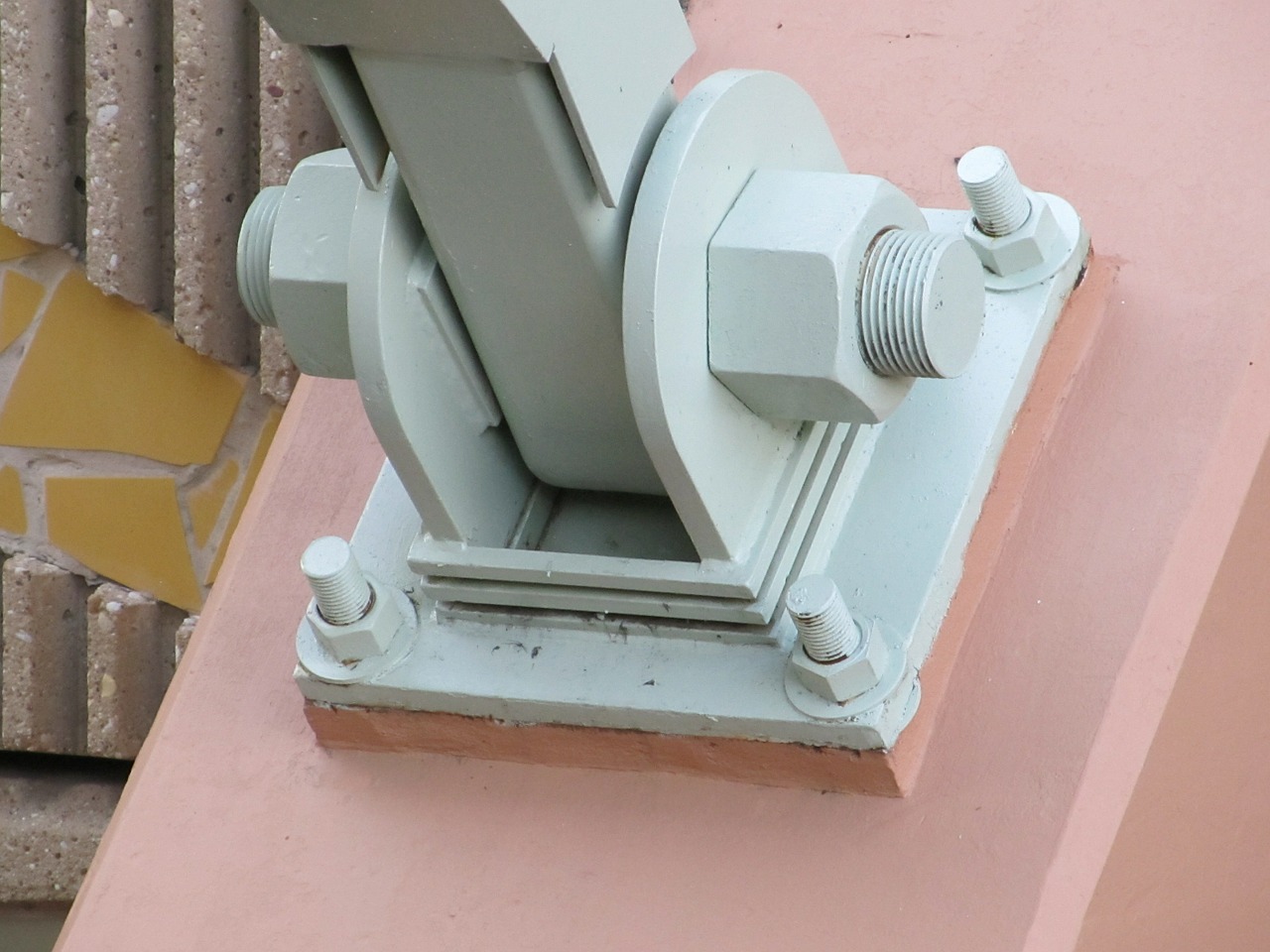Structural fasteners
Structural fasteners are strong, heavy-duty fasteners that are necessary for the construction of structures which include steel to steel connections. In other words, they are used when one metal structure needs to be connected to another.
The typical application of structural fasteners is in bridge and building construction, where they are used to connect metal beams and girders. To be considered for structural purposes, fasteners need to be made of quenched and tempered steel with a minimal tensile strength of 120 ksi.
Some of the most commonly used structural fasteners are:
- Heavy hex bolts. This type of bolt or cap screw comes with a hexagonal head, and is larger and thicker than standard hex bolts. A325 and A490 specifications are suitable in this application.
- Heavy hex nuts, also known as finish nuts. Heavy hex nuts are used along with bolts - both for strength and for a thick finished look.
- Flat washers. These high hardness and low-deformation plain washers, punched washers, or flat washers are used as spacers and load distributors.
- Tension control bolts. TC bolts are extremely adept at handling vibrations and preventing load reversals and they eliminate slips in connections.
The quality of structural fasteners specified is of prime importance because they will be holding together heavy and crucial structures. Therefore, they must be durable, sturdy, rust-proof and corrosion-free for several years. Using poor quality structural fasteners not only reduces the durability of the overall structure but also puts lives at risk.
[edit] Related articles on Designing Buildings Wiki
- Bolts.
- Civil engineer.
- Civil Engineering during the Industrial Revolution in Britain.
- Concept structural design of buildings.
- Elements of structure in buildings
- Fastener.
- Fixing.
- Nails.
- Nuts.
- Rivets.
- Substructure.
- Superstructure.
[edit] External references
Featured articles and news
Government consultations for the summer of 2025
A year of Labour, past and present consultations on the environment, the built environment, training and tax.
CMA competitiveness probe of major housing developers
100 million affordable housing contributions committed with further consultation published.
Homes England supports Greencore Homes
42 new build affordable sustainable homes in Oxfordshire.
Zero carbon social housing: unlocking brownfield potential
Seven ZEDpod strategies for brownfield housing success.
CIOB report; a blueprint for SDGs and the built environment
Pairing the Sustainable Development Goals with projects.
Types, tests, standards and fires relating to external cladding
Brief descriptions with an extensive list of fires for review.
Latest Build UK Building Safety Regime explainer published
Key elements in one short, now updated document.
UKGBC launch the UK Climate Resilience Roadmap
First guidance of its kind on direct climate impacts for the built environment and how it can adapt.
CLC Health, Safety and Wellbeing Strategy 2025
Launched by the Minister for Industry to look at fatalities on site, improving mental health and other issues.
One of the most impressive Victorian architects. Book review.
Common Assessment Standard now with building safety
New CAS update now includes mandatory building safety questions.
RTPI leader to become new CIOB Chief Executive Officer
Dr Victoria Hills MRTPI, FICE to take over after Caroline Gumble’s departure.
Social and affordable housing, a long term plan for delivery
The “Delivering a Decade of Renewal for Social and Affordable Housing” strategy sets out future path.
A change to adoptive architecture
Effects of global weather warming on architectural detailing, material choice and human interaction.
The proposed publicly owned and backed subsidiary of Homes England, to facilitate new homes.
How big is the problem and what can we do to mitigate the effects?
Overheating guidance and tools for building designers
A number of cool guides to help with the heat.
The UK's Modern Industrial Strategy: A 10 year plan
Previous consultation criticism, current key elements and general support with some persisting reservations.
Building Safety Regulator reforms
New roles, new staff and a new fast track service pave the way for a single construction regulator.

























